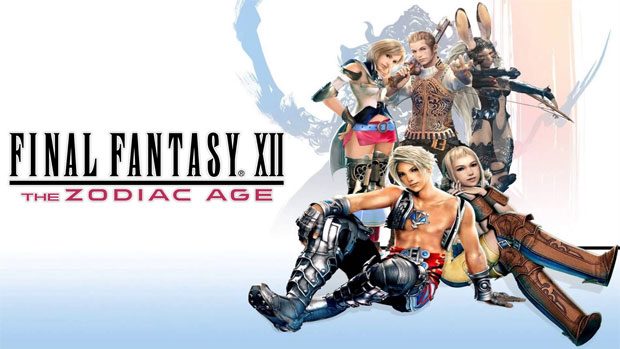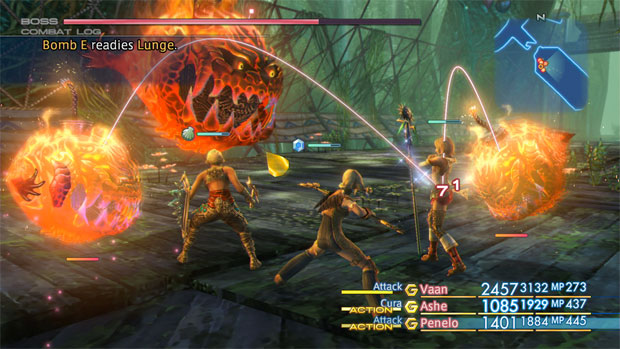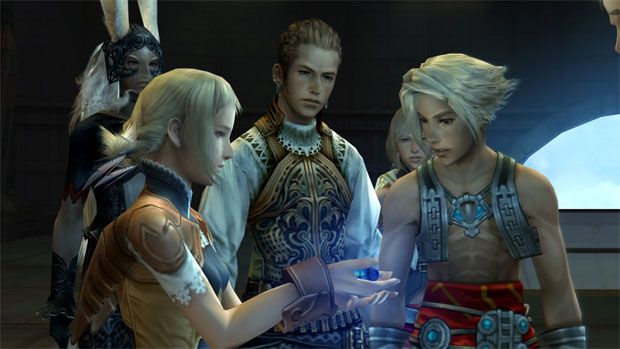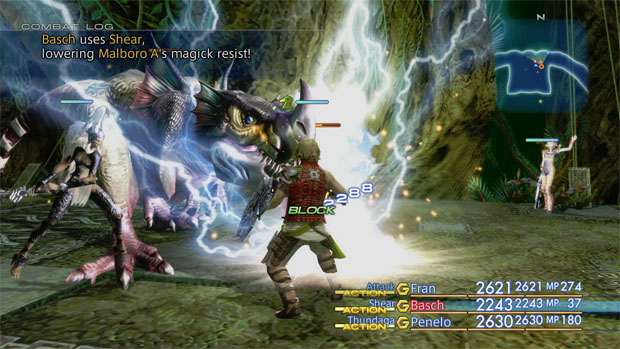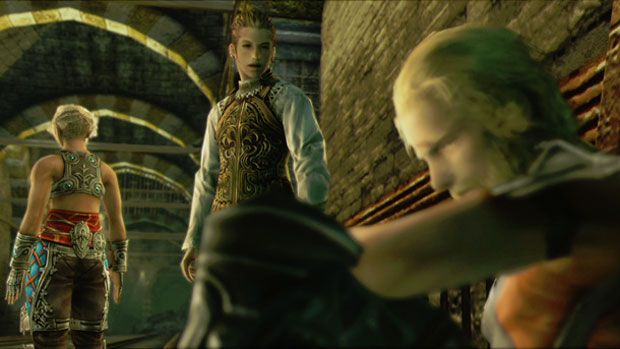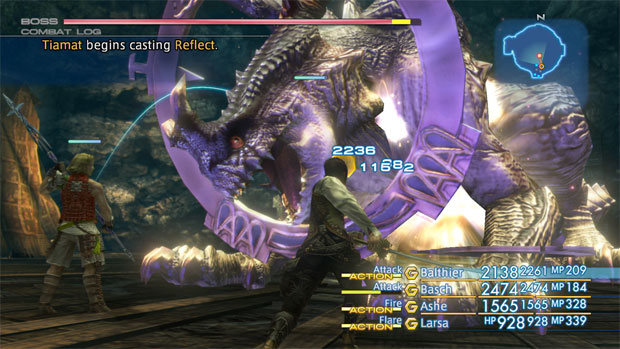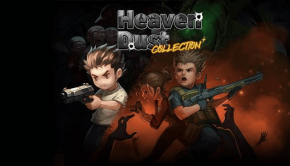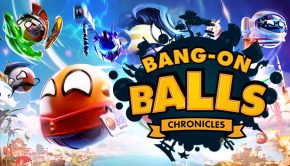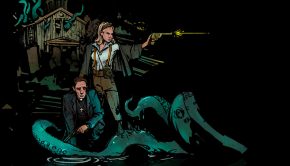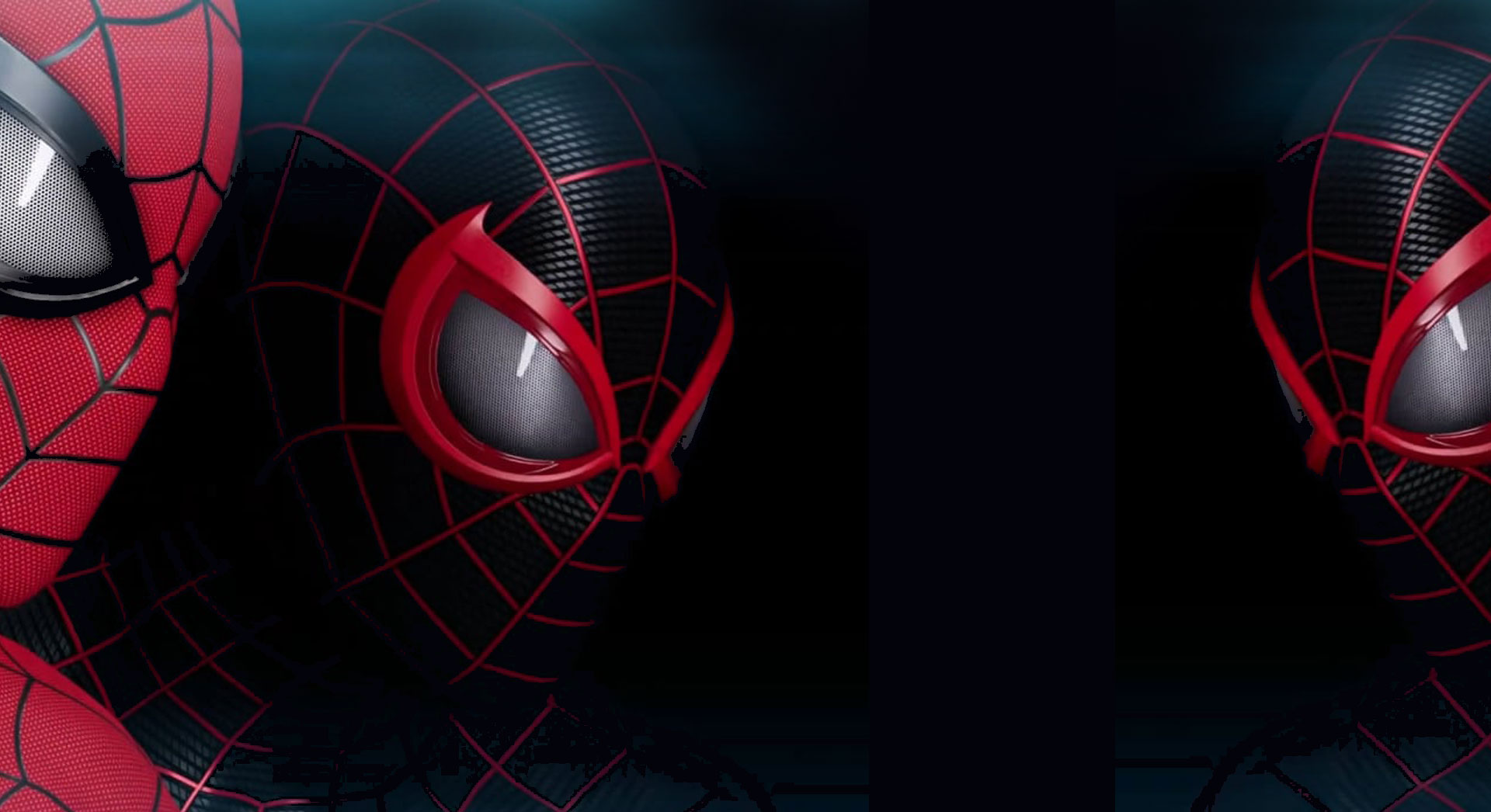Final Fantasy XII: The Zodiac Age Review
Summary: Final Fantasy XII: The Zodiac Age is a worthy addition to franchise!
4.5
A worthy addition
Final Fantasy XII was a divisive title, which seems odd for a game with near unanimous critical praise including a rare perfect score from Japanese gaming magazine ‘Famitsu’. It sent many fans into a frenzy that still talk about the games huge changes today as something Square Enix never recovered from. Among the charges laid at its feet were the abolition of turn based battles in favour of the controversial gambit system that critics said ‘let the game play itself’ (it didn’t), betraying its single player roots for an MMORPG Gameplay style and having a boring and uninvolving story. Eleven years have passed since its original release and The Zodiac Age gives Final Fantasy XII a new lick of paint, and also presents a version of the game that was never released outside Japan with some additional quirks. Will it be enough to convince the doubters to have a second look? Will the converted feel compelled to give up hundreds of hours of their lives again? And will new players find something to love in a game from a console that is two generations old?
The answer to all these questions is unequivocally yes. Final Fantasy XII may have had its critics upon release but this reviewer was not one of them. The Zodiac Age improves upon the original in several key areas, with new features ranging from minor to game changing.
The plot takes place in the world of Ivalice and centres on the kingdom of Dalmasca. When the Archadian Empire invades and murders their king, the Dalmascan Princess Ashe aims to end the Archadian tyranny. Joining her on her quest are plucky street urchins, Vaan and Penelo; suave sky pirate, Balthier; his companion and outcast, Fran; and Basch, a disgraced Knight charged with treason that is the token ‘old for Final Fantasy’ guy (he’s in his thirties). The plot of Final Fantasy XII is a more grounded tale. Political intrigue and backdoor machinations take the lead in the first act before expanding out to include crystals, divine beings and the fate of mankind. The English translation and voice acting are also top notch. Gone are the awkward laughter scenes of Final Fantasy X and the Macarena references, replaced with the highly stylised Ivalice-ian dialogue and fluid, believable voice acting. The quality of the translation goes all the way down to the smallest NPC interactions and has a consistency that not only makes the conversations delightful, but also makes the world feel alive. Final Fantasy XII also features Balthier, one of the most charismatic characters to grace a Final Fantasy game and you will wish he was your mentor and best friend.
One of the big issues with the plot is one that is quite common in today’s open world RPG’s but was a much lesser phenomenon back in 2006. There is an enormous amount of freedom – within the first hour you can explore a decent size chunk of land – and it is possible to play several hours of the game without touching the plot. If you choose to dedicate yourself to the Hunts and to gaining some of the best weapons in the game, you will sometimes come back to the main plot of the game having very little idea of what is going on. This is not particularly a fault of the game itself, as there is so much to do, but it can be hard to follow at times.
On the other hand, this freedom leads to one of the most purely fun games in the franchise. The world of Ivalice has so many hidden nooks and crannies, many of them completely optional. Once again, Ivalice feels alive. Friendly creatures go about their business, only reacting to you when attacked. Lone hunters wander the world and will heal you if you are in need. One minute you can be killing low level wolves for fun and amassing huge amounts of loot before one wrong turn leads you to an extremely high level monster that will wipe you out in seconds. It is bolstered by a combat system that was way ahead of its time and still works incredibly well. The gambit system is a series of AI commands that can be bought and unlocked by progressing through the game. You can then customise the gambits to your heart’s content so your characters perform actions in combat based on your setup. For example, you can set it so that when your health falls below 50% you automatically cast cure. When you encounter an enemy that is weak to fire, you automatically cast your strongest fire spell. For flying monsters only your long ranged weapons will attack while your other characters will switch to supports. There are many options and there is a lot of tinkering to find the perfect setup, and even then it will not work every time. Those that accuse the Gambit system of essentially robbing the player of any agency must not have gotten very far in. It is true that against low level enemies and some with specific vulnerabilities you can program your characters to fight for you while you make a cup of tea, but your more difficult enemies will require constant monitoring, interrupting, manual attacking and reorganising of your Gambits to succeed. The system is easy to pick up, but has several intricacies if you are willing to take the time to master the game.
The big change for most players will be the introduction of the International Zodiac Job System, which does prove significant. In the original release character progression was handled by the License Board. In addition to EXP, characters gain License Points. These License Points are used to buy new abilities or to equip you with new weapons, armour, or accessories. In theory this was designed so you could customise your characters, but each character had the same License Board and eventually you can max everyone out so they have the same abilities and are all unstoppable killing machines that can also act as a healer in a pinch. The Zodiac Age changes this by providing 12 unique license boards with individual jobs. Each character can only select two of these jobs (one at the start and one later in the game) and once they are locked in they may not deviate. Each job has abilities unique to them that cannot be mastered by other characters. This adds a strategic edge as each of your characters now serve a unique purpose, which makes job selection and party selection much more important. It is an all new way to play the game, and for diehards seeking a new challenge, it is the perfect way to offer up a new gameplay experience without diluting any of the original magic.
Those looking for a challenge can also access the ‘Trial’ mode. This pits players against 100 consecutive hunts that gradually increase in difficulty. It is highly recommended you finish the game and have a very strong party when attempting this, as it does get very hard as it goes on.
The Fast Forward option is a revelation, and should be included in all JRPG’s at the very least for a ‘New Game Plus’. One of the main complaints about Final Fantasy and about large open worlds is that you spend a lot of time backtracking through gigantic maps, that while easy on the eyes and are very well designed, start to wear on the nerves the 40th time you have run through them just to obtain an insignificant piece of loot. The Zodiac Ages fixes this right up with a simple tap of the shoulder button to change things to 2x or 4x speed. This shaves considerable time off the game, as many of the biggest secrets at some point involve spending hours wandering around the map chaining 99 enemies in a row to ensure a specific item is obtained. It also looks hilarious. This may seem like an insignificant point but sometimes viewing a beautiful vista accompanied by a sweeping orchestral soundtrack while a party of three runs around like they’re in a Benny Hill Sketch can bring a smile to your face when you’re in the twentieth hour of Hunts.
Speaking of beautiful vistas and sweeping soundtracks, the cosmetic changes to Final Fantasy XII are also first rate. The visuals may not hold up when compared with Triple A titles of today, but nobody will be able to deny the gorgeous art design of the world and its inhabitants. There are a number of fixes that make everything feel a little cleaner and more presentable, and yes, Vaan’s abs are no longer a weird airbrushed distraction. The updated soundtrack is also fantastic and demands multiple listens. The game provides the option to play the original soundtrack but everything done in the updated version is purely for the better.
Final Fantasy XII may end up holding up best out of the entire franchise due to its unique style. From the visuals, to the story, to the gameplay mechanics that unfortunately haven’t been used since. This Remaster is a fitting reminder of the games quality and will hopefully convince people to give the world of Ivalice a second try. One of the Playstation 2’s best games still stands tall today, and is very worthy of your time.
Review by Jamie Kirk


